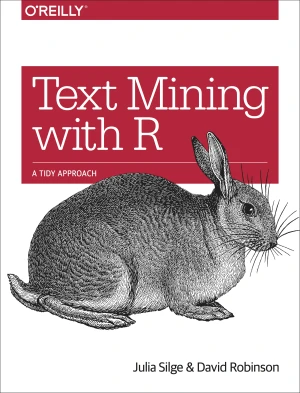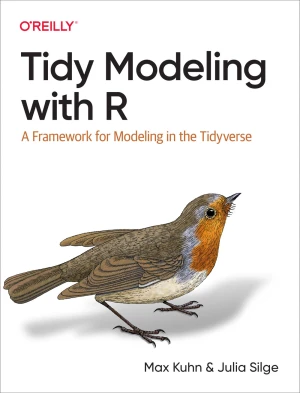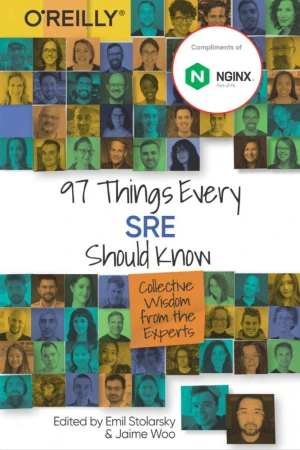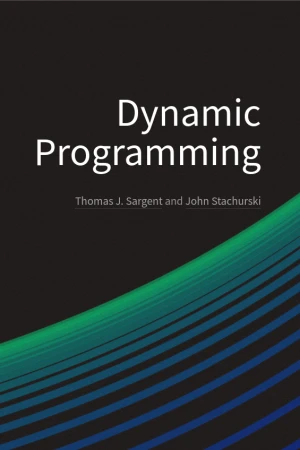Julia Books
The Julia Express
Julia is a high-level, dynamic programming language. Its features are well suited for numerical analysis and computational science. Julia works with other languages (C, Python, R, Rust, C++, SQL, JavaScript, ...) The Purpose of this open book is to introduce programmers to the Julia programming by example. This is a simplified exposition of the lan
First Semester in Numerical Analysis with Julia
First Semester in Numerical Analysis with Julia presents the theory and methods, together with the implementation of the algorithms using the Julia programming language. The open access book covers computer arithmetic, root-finding, numerical quadrature and differentiation, and approximation theory. The reader is expected to have studied calculus a
Text Mining with R
Much of the data available today is unstructured and text-heavy, making it challenging for analysts to apply their usual data wrangling and visualization tools. With this practical book, you'll explore text-mining techniques with tidytext, a package that authors Julia Silge and David Robinson developed using the tidy principles behind R packages li
Tidy Modeling with R
Get going with tidymodels, a collection of R packages for modeling and machine learning. Whether you're just starting out or have years of experience with modeling, this practical introduction shows data analysts, business analysts, and data scientists how the tidymodels framework offers a consistent, flexible approach for your work. RStudio engine
97 Things Every SRE Should Know
Site reliability engineering (SRE) is more relevant than ever. Knowing how to keep systems reliable has become a critical skill. With this practical book, newcomers and old hats alike will explore a broad range of conversations happening in SRE. You'll get actionable advice on several topics, including how to adopt SRE, why SLOs matter, when you ne
Dynamic Programming
This book is about dynamic programming and its applications in economics, finance, and adjacent fields. It brings together recent innovations in the theory of dynamic programming and provides applications and code that can help readers approach the research frontier. The book is aimed at graduate students and researchers, although most chapters are






